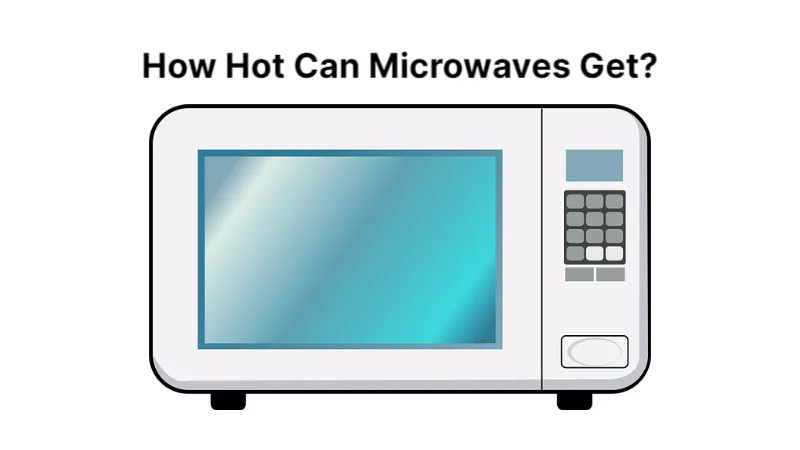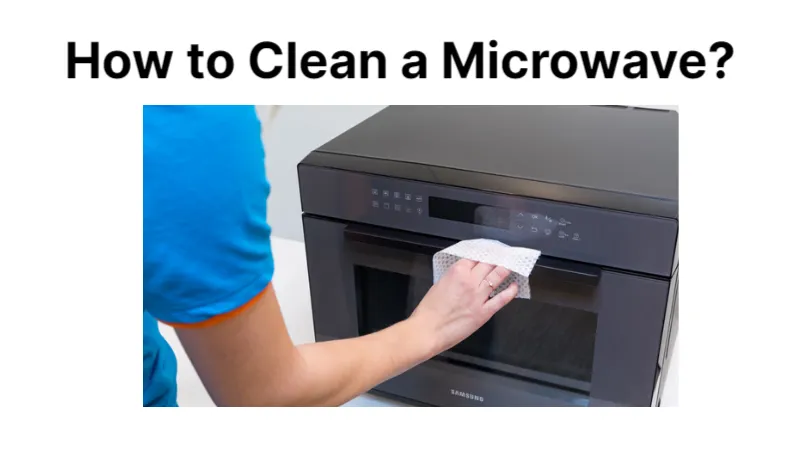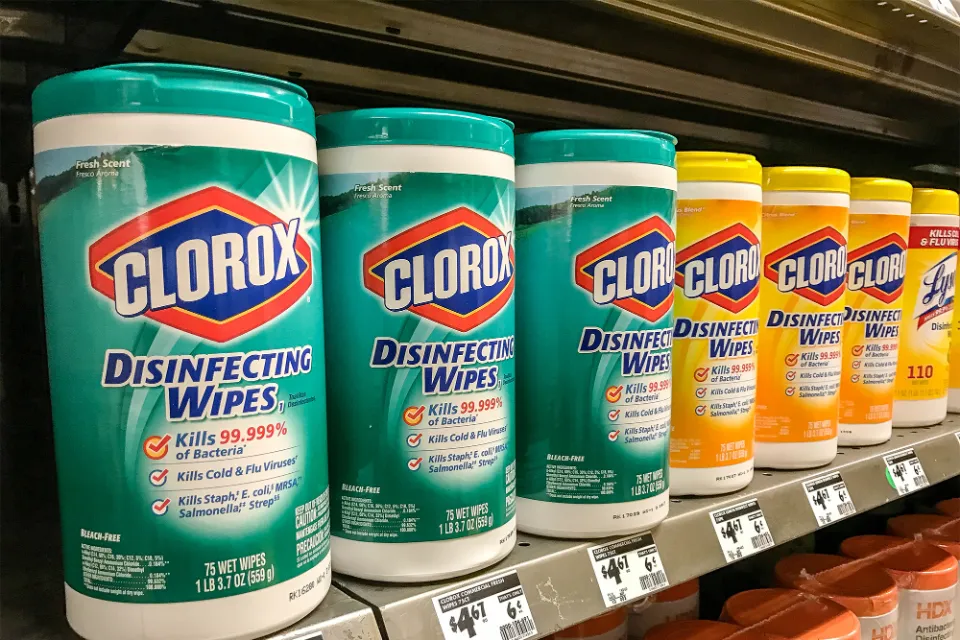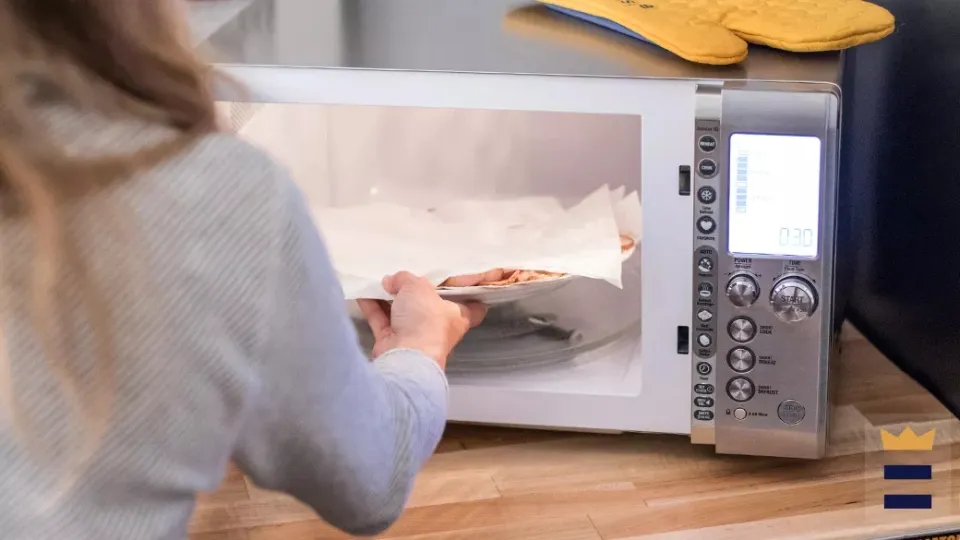In the best microwave ovens, food cooks very differently than in regular ovens, and while you may have asked yourself “how hot can microwaves get?” before, it’s a little more complicated an answer than you may expect.
Food or liquids in a microwave can only be heated effectively to 212 degrees Fahrenheit, or the boiling point of water.
Even though water can be heated in a microwave to 248 degrees Fahrenheit, this still poses a serious risk of scalding if the container is handled carelessly.
How Hot Can Microwave Ovens Get?
Since microwave ovens only produce hot food and liquids and not hot microwave components, (unless they’re seriously malfunctioning) the question really is, “how hot can cooked food and liquids get in a microwave?” The answer is somewhat influenced by what is being heated and whether you are heating food or only liquids.
Microwaves and Water Boiling Point
The simplest general response to our query is that food or liquids in a microwave generally don’t get any hotter than the boiling point of water, or 212 degrees Fahrenheit, after which solid foods are considered inedible and begin to become dry and tough because the water in them is effectively evaporating.
While it is possible to superheat water to a temperature of up to 248, doing so only works if the water is pure, the container it’s in doesn’t have any scratches or cracks, the liquid isn’t moved at all, and the cooking process isn’t interrupted.
If the container of superheated water is handled with bare hands, it can quickly scald. It can be prevented by leaving a wooden or plastic utensil in the container, which will disturb the water’s surface during heating and not allow it to heat past the normal 212 degrees boiling temperature. The most extreme reactions to hot water typically occur in plastic containers.
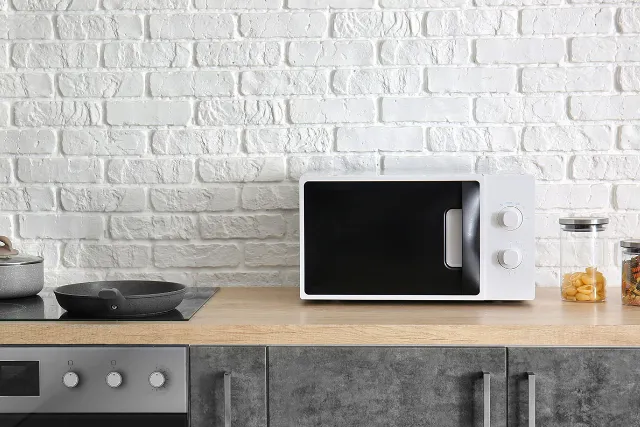
Effective Maximum Temperature
Because of everything mentioned above, food or liquid heated in a microwave oven can reach a maximum effective temperature of 212 degrees Fahrenheit under normal conditions.
However, depending on how long they’re cooked for, solid food items usually won’t even reach that temperature before the majority of the water in them evaporates since that number refers to the boiling point of the liquid present. A safety feature to stop liquids from being overheated is also present in some microwaves.
If you’re looking for microwave repair, you might enjoy our info guides covering replacing a microwave’s diode and how to resolve a blown fuse after starting the microwave.
WARNING
While it’s possible to superheat water in a microwave to a temperature of 248 degrees, it can easily scald if its container is handled with bare hands- even if the container is designated as “microwave safe.” Always adhere to safety regulations here.
How Hot Does a Microwave Get in 1 Second?
In a single second, microwaves do not become heated at all.
In fact, it takes about two seconds for the magnetrons, which are the parts that actually create micro waves, to even begin working. They only need to warm up for two seconds.
Throughout the cooking cycle, microwaves make an increasing and a decreasing amount of noise due to the magnetron cycling on and off.
How Hot Does a Microwave Get in 30 Seconds
Microwaves themselves don’t heat up very much until they have been operating for at least a few minutes, as I previously explained.
So after only 30 seconds, a microwave will not really be warm at all.
However, the food inside a microwave may have heated up. In fact,
Since our taste buds can’t detect very hot or very cold flavors, I microwave frozen ice cream for about 10 seconds to thaw it out. This brings out more flavor.
By microwaving, for example, a cup of water in a coffee mug, you can determine how hot something gets in 30 seconds. We are aware that doing this is secure and that neither the coffee mug nor the water will melt or boil in that brief a period of time.
Therefore, the answer to the question of how hot does a microwave get in 30 seconds is not at all hot.
The only thing that might occur is that a small amount of food in your microwave might heat up quite a bit, especially if your microwave has a power output of more than 1,000 watts.
What Affects the Temperature in a Microwave?
There are many things that can change the temperature in microwaves. Here are some of the most common:
1) the Wattage of Your Microwave
One of the things that affect the temperature in a microwave is the wattage. The temperature will increase with increasing wattage. Another thing that affects the temperature is the size of the microwave. A larger microwave will be hotter than a smaller one.
2) the Type of Food You’re Heating
The temperature can also be influenced by the food you are heating. For instance, it will take longer to reheat a frozen pizza than it will to reheat a cup of coffee.
Meats, for example, require cooking at a higher temperature than other foods.
3) the Moisture Content of the Food
The amount of water in the food can also impact its temperature. Food that is wetter will be hotter than food that is dry. Water is a good heat conductor, which explains why.
4) the Size and Shape of the Food
The temperature of the food can also be impacted by its size and shape. A piece of pizza, for example, will heat up more quickly when reheated than a Thanksgiving turkey, which is a larger item.
5) the Temperature of the Food
The amount of time it takes for food to reheat can also depend on its initial temperature. Reheating a slice of cold pizza will take longer than reheating a slice that has already been heated.
6) the Container You’re Reheating the Food In
The container you’re using to reheat the food can also have an impact on the temperature. For instance, food will heat up more slowly in a ceramic dish than in a glass dish when being reheated.
7) the Time and Power Setting
The temperature is also influenced by the time and power settings. It will be hotter if you microwave something for a longer time than if you microwave it for a shorter time.
The power setting operates in a similar manner. The food will be hotter if you’re using a higher power setting than if you’re using a lower power setting.
7) the Environment
The temperature can be impacted by the surroundings as well. Food will take longer to heat up when reheated in a cold room than when reheated in a warm one, for instance.
These are a few of the more typical factors that can affect temperature, though there are others. You’ll quickly become an expert at reheating food with a little practice. Therefore, keep these things in mind if you’re planning to reheat something or make something from scratch.
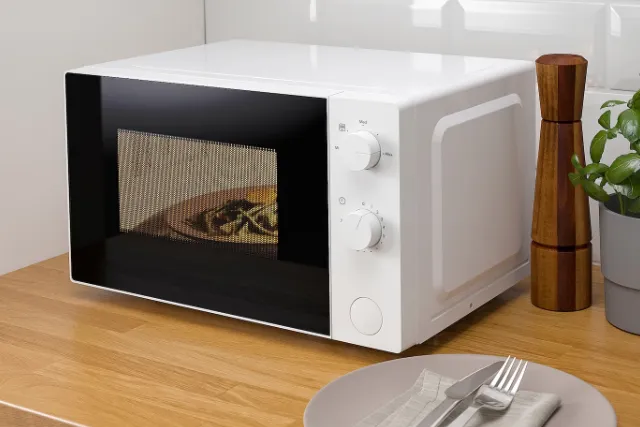
What Does Your Microwave Do When It Gets Too Hot?
It can be a big problem if your microwave overheats. The food may begin to cook on its own if the microwave’s interior temperature rises too much. As a result, the food may burn or even catch fire.
When you’re using the microwave to prepare something, it starts to smoke. Or the food inside is so close to being burnt to a crisp when you open the door. What’s going on?
It turns out that your microwave actually enters a safety mode to stop further damage when it becomes too hot. Here’s what happens:
1. the Microwave Turns Off.
In terms of defense, this is the first line. The microwave will turn itself off automatically if it detects that it is becoming too hot.
2. the Fan Turns On.
The fan’s purpose is to assist with microwave cooling. The fan will turn on and start moving air once the microwave has stopped operating.
3. the Door Locks.
This serves as a safeguard to stop you from opening the door while the fan is operating. If you did, the hot air circulating inside might hurt you.
4. the Display Flashes.
When the microwave is in safety mode, a warning message will flash on the display to let you know.
5. the Beeper Sounds.
The microwave will periodically beep to let you know that it is still in safety mode.
You can use the microwave again after it has cooled down and completed an automatic reset.
So, if your microwave ever starts smoking or your food burns, don’t freak out!
The only thing you need to know is that it has switched to safety mode and will return to normal once it has cooled down.
It can be a serious issue if your microwave overheats.
Microwaves can start to break down food, release dangerous chemicals, and even start a fire if the temperature inside the oven rises above the safe level.
How Can You Prevent Your Microwave from Getting Too Hot?
There are a few things you can do to stop your microwave from getting too hot.
Being cautious when using your microwave is the best way to keep it from getting too hot. Make sure you’re using the right cookware and following the directions for cooking times.
It’s always better to err on the side of caution if you’re ever unsure. Stop the microwave and check the food if you suspect it may be too hot. Reheating your food is preferable to running the risk of starting a fire.
First, make sure to clean it regularly. The buildup that might make the microwaves absorb more quickly will be reduced as a result of this.
Second, don’t reheat food for more than the recommended time. This will aid in preventing overcooking of the food.
Third, avoid using plastic containers. When these get too hot, they may release chemicals into the air.
Finally, be sure to unplug the microwave if it starts to smoke or smell funny. This will aid in preventing the start of a fire.
You can reduce the risk of your microwave overheating and causing damage to the food you’re reheating by paying attention to these suggestions.
FAQs
What is the Average Temperature of a Microwave?
Rarely are the contents of a microwave oven much hotter than 100 degrees Celsius (212 degrees Fahrenheit). Due to the cookware’s transparency to microwaves, which heat the food directly while indirectly heating the cookware, the food in a microwave oven is frequently much cooler than the cookware.
Can You Boil Water in a Microwave?
Yes, water can be boiled in a microwave using a microwave-safe container. To avoid overheated water in your microwave-safe container, use a wooden stick (such as a chopstick or coffee stir stick).
Summary: How Hot Can Microwaves Get?
Although they are a practical way to reheat food, microwaves can sometimes raise safety concerns. We’ve taken the time to research microwave oven temperatures and give you a comprehensive explanation.
Knowing more about microwaves will help you choose the best model for your needs or determine whether it’s time to upgrade your current model.
We hope this article has answered your question, “How hot does a microwave get?” If not, kindly leave a comment and we’ll try to assist you.
Don’t forget to share this article with your social media friends; you never know, you might be able to assist them with their own cooking problems!
Read about
